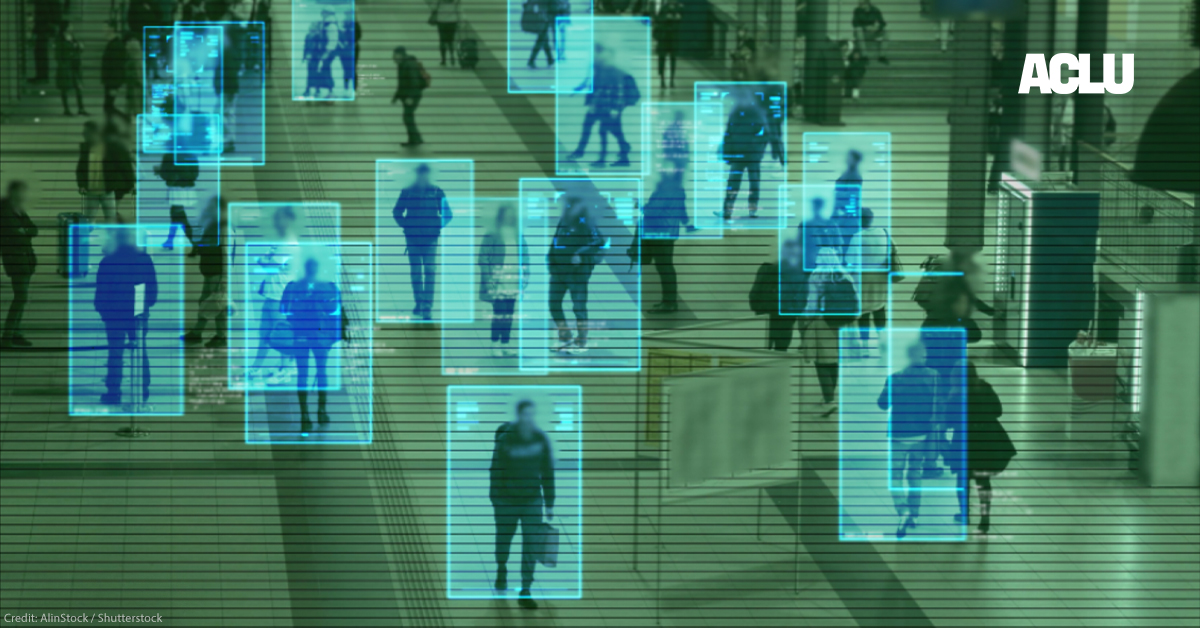
School security and surveillance technology has become more prevalent in educational settings as a result of initiatives to improve school safety.
From security cameras to facial recognition systems, these devices are typically advertised as critical measures to prevent violence, bullying, and other threats. However, in diverse urban areas, the increased focus on threats from students results in greater monitoring of students, which leads to more disciplinary actions that unfairly affect students of color.
Tools like security cameras, biometric surveillance, and AI-based behavior monitoring are commonly defended as essential for controlling “chaotic” school settings, yet they also contribute to the criminalization of students who are already viewed as threats because of racial prejudice. In contrast, suburban-white district school resource officers (SROs), who highlight external dangers like school shooters, frequently promote surveillance tactics centered on perimeter security, strengthening the belief that their students require protection rather than oversight.
These misguided efforts to enhance school safety have led to the extensive use of surveillance technology. These actions do not occur in isolation. Enhanced surveillance exacerbates existing racial biases in school discipline, especially by focusing on certain students for heightened scrutiny and penalties. RACCE’S position, informed by student organizing, on school safety is simple. True school safety comes from fully funded, culturally responsive programming and curriculum, not security measures. School safety is our priority. We don’t believe armed or unarmed security guards, SROs, or the use of surveillance technologies guarantee student or staff safety.
Currently our state legislature is advancing several bills that either ignore science and data on how best to achieve school safety or climate (SB 1374); omit guidelines or a governance mechanism on the use of artificial intelligence in our k-12 schools as surveillance instruments (SB 2); and a bill that doesn’t close a giant compliance loophole so that all school districts that have SROs adhere to new or current state statute unless there is an updated or new memorandum of understanding put in place by local boards of education (HB 7217).
For instance, we believe HB 7217 must include provisions that SROs be trained prior to them being placed in schools and meet continuing education credits that ensure they don’t implicitly or explicitly harm student learning while carrying out their duties. Nor do any of these bills explicitly address guidance, compliance or training for SROs or security guards to the Trust Act. While we support some of the ideas in these bills, we will not support half measures and neither should our elected officials.
School surveillance disproportionately affects children from vulnerable backgrounds. ShotSpotter, a gunshot detection device, criminalizes underprivileged communities, particularly those with a substantial number of students of color. In Chicago, where ShotSpotter is frequently used, studies show that “more than 90% of alerts lead police to find no evidence to corroborate gunfire.” When a city or school district chooses to use these types of surveillance they also choose to perpetuate the idea that particular residents of neighborhoods or students at these schools are intrinsically criminal, producing an unfounded sense of danger.
Surveillance in schools frequently results in increased police presence, which disproportionately affects students who are already heavily policed in their communities. As an example, “gang databases,” which are used to track children suspected of criminal involvement, contribute to the school-to-prison pipeline, where Black and Latino students are arrested at higher rates for minor offenses. What begins as an effort to ensure safe schools rapidly turns into an intrusive monitoring system that sees children as criminals rather than individuals in need of assistance and education.
Surveillance in schools is rationalized as a measure for increasing safety, but actually undermines confidence and produces a fearful environment rather than one of safety. The widespread installation of machines at school entrances that use Artificial Intelligence or biometrics, such as those by Evolv and Opengate, aims to prevent gun violence, but “there is little evidence to prove that any of these companies’ claims are true.” These gadgets use artificial intelligence to detect concealed weapons, but they frequently trigger false alarms and increase police presence. Some schools use facial recognition technology, but research indicates that such systems can have costly and detrimental repercussions. According to the Advancement Project, constant surveillance produces a climate in which students feel watched, which “prevents young people from fully being able to express themselves.”
In many schools SROs contribute to the erosion of trust. SROs have the same powers as street cops, including the authority to arrest and detain kids, which escalates problems that would otherwise be handled by school personnel. According to the ACLU, “police in schools harm Black students and other students of color,” particularly when combined with monitoring technology. SROs also conduct “threat assessments,” which can be distressing for pupils because they are frequently labeled as potential threats rather than offered assistance.
This method not only generates fear but also highlights the larger problem of law enforcement perceiving at-risk students as dangers instead of as individuals requiring assistance. Rather than promoting a supportive atmosphere for care and intervention, these evaluations enhance existing biases, unfairly focusing on students from marginalized groups and perpetuating cycles of punishment instead of creating avenues for success.
Digital monitoring software is also becoming more widely used in schools: “89% of teachers surveyed used software to track students’ activity,” with the goal of identifying disciplinary breaches. These methods raise grave privacy concerns, particularly when students or parents are not aware of the type or scope of ongoing surveillance. Some schools even provide kids with equipment to monitor their activities at home. Following monitoring alarms, schools dispatched police officers to conduct “wellness checks” at students’ homes. These actions blur the distinction between education and law enforcement, further undermining trust.
While supporters of monitoring say that it is important to maintain order, research shows that it does not address the underlying reasons of violence or misbehavior. Instead of establishing a nurturing environment, surveillance technologies turn schools into places of constant observation, where children are seen as threats first and students second. According to the Advancement Project, focusing on monitoring technologies diverts attention away from more serious issues including poverty, inadequate mental health care, and a lack of resources.
True school safety is achieved not by surveillance, but through comprehensive, community-driven solutions to the underlying challenges.
We also believe student rights are being sacrificed while there is little to no evidence that supports the continued or increased use of a multitude of technologies being placed or piloted in our schools. Therefore we are calling for a statewide moratorium on new surveillance technologies inside schools until our state department of education, through action taken by our state legislature, can establish clear and robust guidelines on what types of surveillance technologies are allowed in schools in Connecticut.
We call for this with a loud warning that an increase in school surveillance is not a neutral development; rather, it represents a shift toward a society in which privacy is surrendered for the illusion of safety. The rising use of surveillance technologies in schools, such as ShotSpotter, facial recognition, biometrics and AI weapons detection systems, contributes to a culture of suspicion, inequity, and criminality.
Rather than encouraging a learning environment, they create an atmosphere of constant surveillance in which pupils are treated as suspects rather than individuals with the right to privacy and autonomy.
If we wish to protect our youth, we must cease using policing and surveillance as a solution. We must strengthen our focus on developing schools that promote students’ well-being, mental health, and emotional development. Only then will we see a real, lasting change in the efforts to keep schools safe.
Robert Goodrich is Executive Director of RACCE Inc. Shakshi Patel is a Policy and Legislative Analyst for the organization. A list of references used for this article may be viewed here.
link







